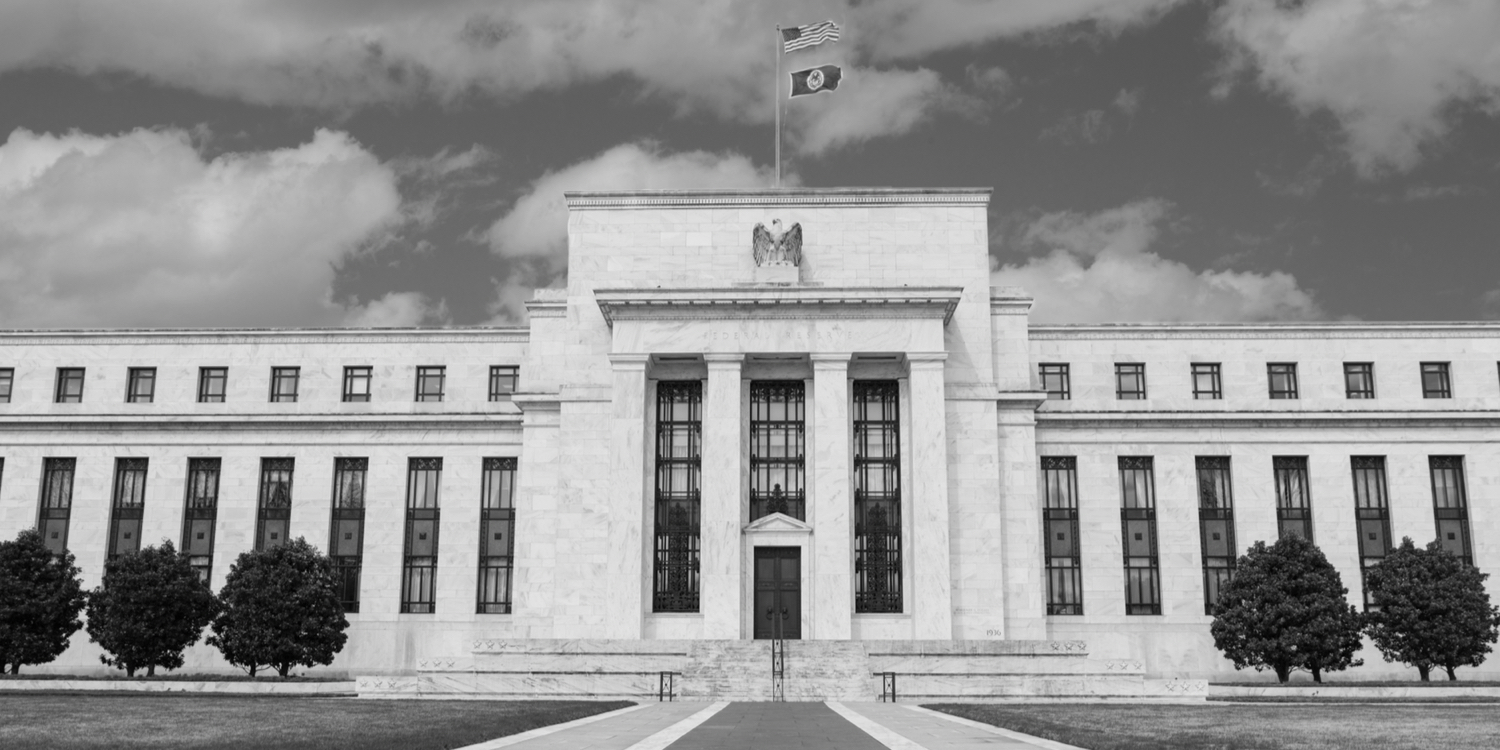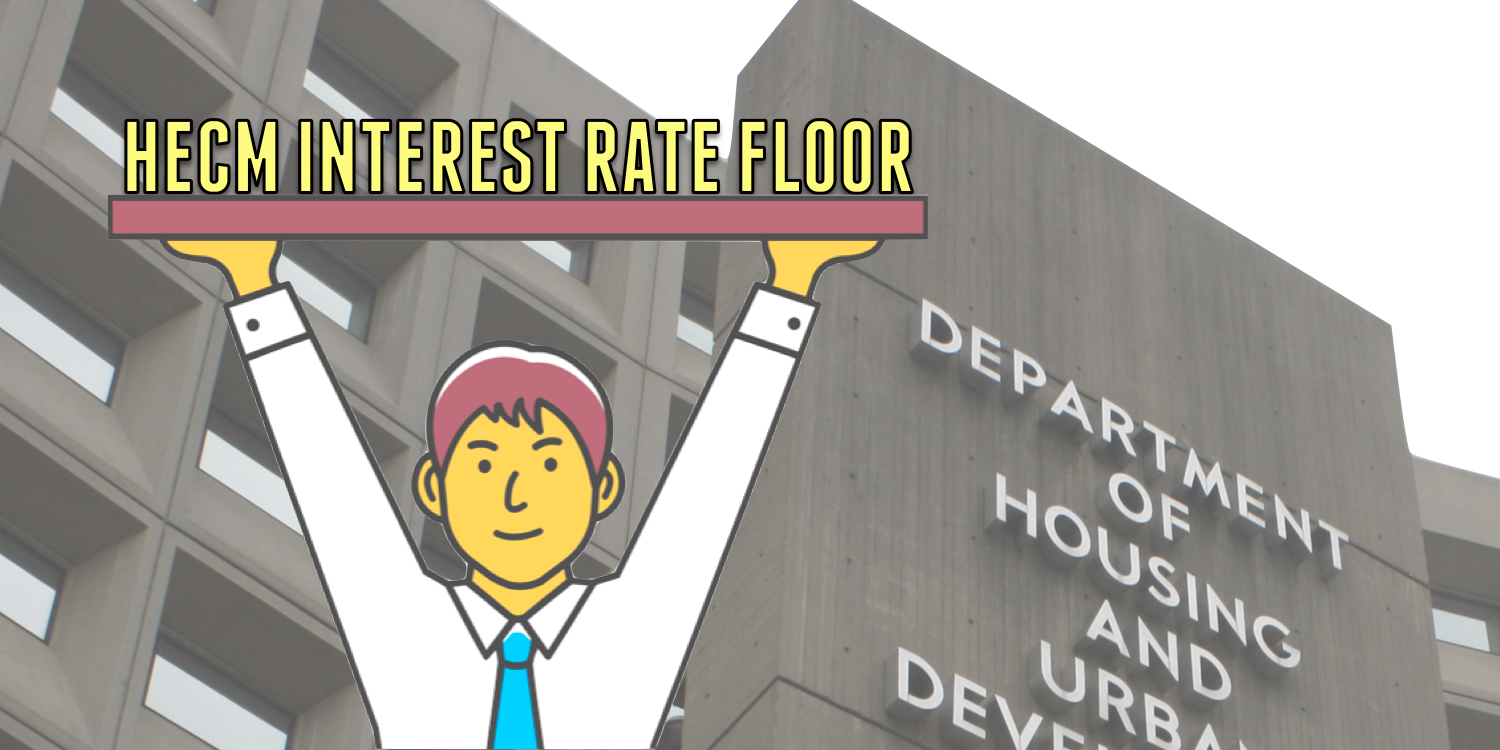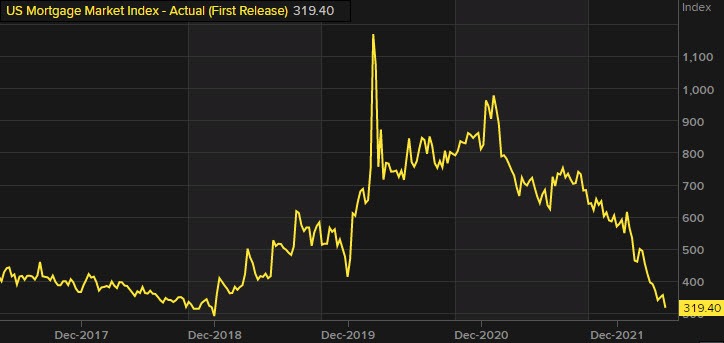Hedge fund landlords could lose big
Institutional buyers of single-family homes are about to take a bath- a bath in red ink. Why should reverse mortgage professionals care? Because institutional buyers have in part helped drive up home values since the pandemic, and soon they may be a major factor in several markets pushing down home values. We’ll get to which cities stand to be impacted the most in a moment.
Presently several forces are converging to put the hurt on institutional landlords. First…
[read more]
investor profitability on rentals is falling. Data from Zillow reveals the cap rate or capital rate- that’s the difference between the rent collected less the cost of the loan and expenses, is falling. Much of the erosion of profits or the cap rate can be attributed to rising mortgage interest rates. Next, corporate landlords are having to reduce rental rates for properties that have languished on local listings. Progress Residential, one of the nation’s largest landlords with over 80,000 units, is just one corporation feeling the pressure of a faltering real estate market. While home values are precariously perched for a fall, Progress has had to increase the interest paid to investors on its mortgage-backed securities from 2.2% in the summer of 2021 to 5.3% in June of 2022.
Redfin reported that investors’ home purchases have dropped 17% from their pandemic highs. A trend the real estate watcher expects to accelerate. These institutional investors have a huge market presence in several metros across the U.S. The percentage of homes purchased by investors or firms in the first quarter of 2022 was 33% in Atlanta, 32% in Jacksonville, Florida, 29% in Phoenix, and 28% in Miami. That means the housing market in these areas is likely to follow the fortunes or losses of corporate landlords. Investor purchases shockingly account for as much as 60% or more in several zip codes in southern Atlanta. Investors, big and small account for 20% or one-fifth of all single-family homes in the U.S.. That’s 20 million homes that could be sold as evictions and delinquent payments surge. This sell-off would open up home inventory, lower prices, and help homebuyers possibly find and qualify for a home at today’s higher interest rates.
Then there’s the California Connection. In its May 2022 report, the California Association of Realtors reveals that active listings for houses are up 46% from one year ago and pending sales are down 30% from May 2021, that’s the worse decline since the pandemic. While seeing a more balanced home market is good the importance of the California market cannot be overstated. In fact, over one-quarter of 26% of HECM endorsements in the fiscal year 2021 originated in the Golden State.
There are several scenarios that could play out this year and next, and quite frankly trying to predict the outcome will guarantee one thing failure. However, looking at this data a few likely outcomes can be examined. One possibility is that home prices will continue to drop as mortgage rates climb, investors sell off their inventory and get out of the landlord business, and stagflation sets in. In such an outcome many older homeowners would find themselves with a limited window of opportunity to secure current home values and interest rates before they get priced out of HECM eligibility. A better case scenario, such as the one described by economist Mark Schniepp at NRMLA’s western meeting would see inflation peak and then begin to fall as part of a strong global economic recovery. In this scenario, interest rate hikes would likely cease or even be curtailed which would revive a weakened housing market. Which scenario is likely? I tend to lean on the advice to hope for the best and prepare for the unexpected. The bottom line is the housing market has benefited millions of older HECM-age-eligible homeowners increasing their net worth, even as the stock markets eventually fell. And that’s good news because even when inflation eventually abates the high prices will remain in most cases as our new normal or baseline cost of goods and services..
[/read]















